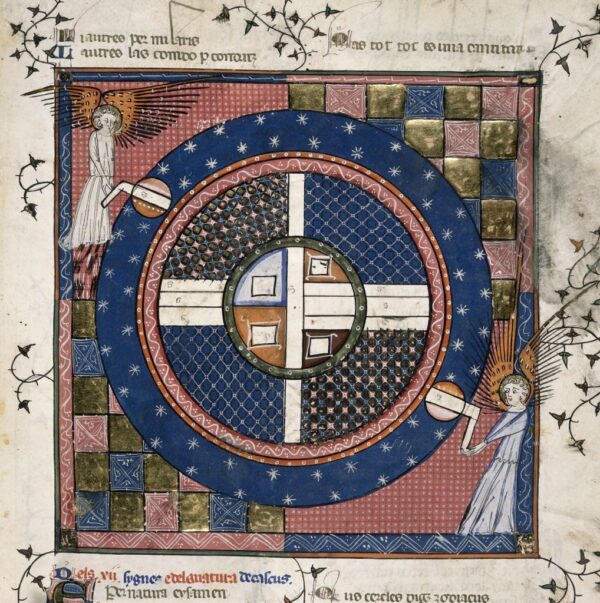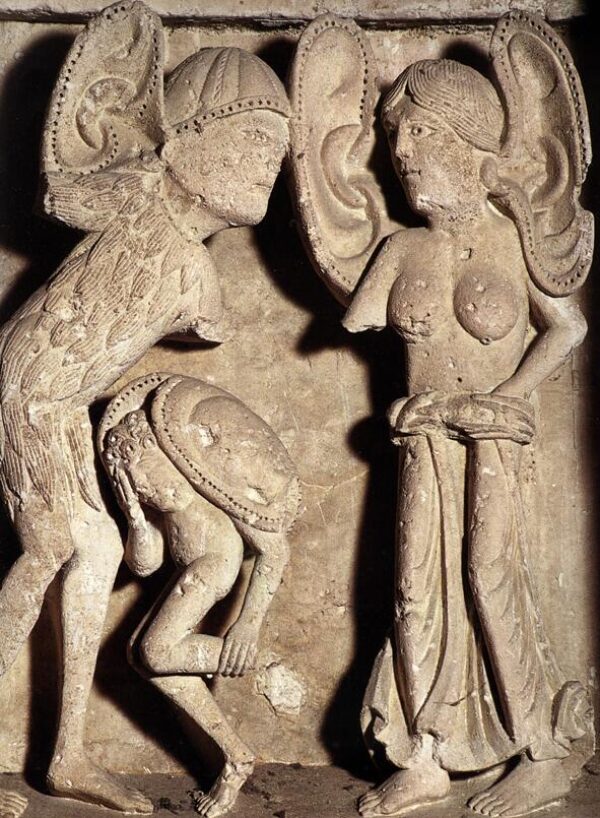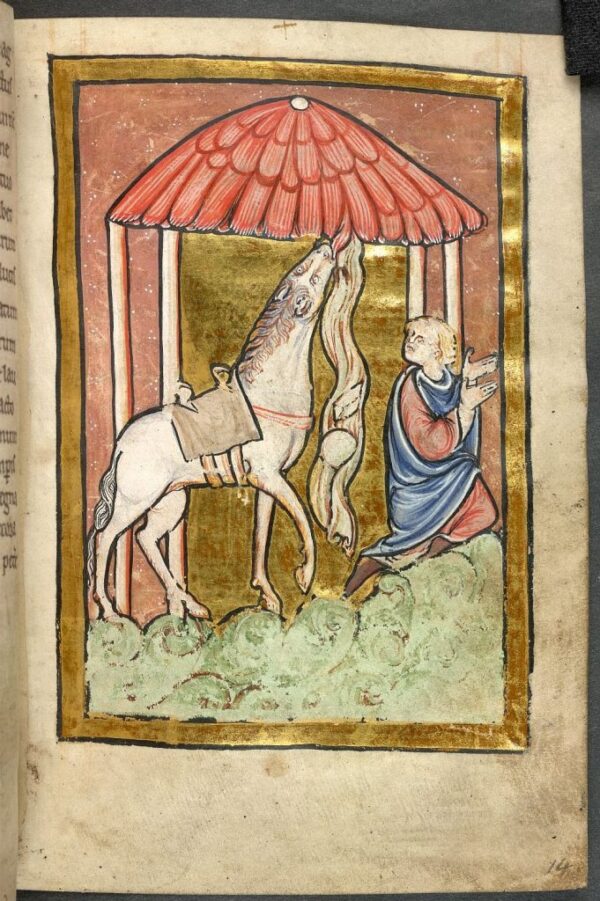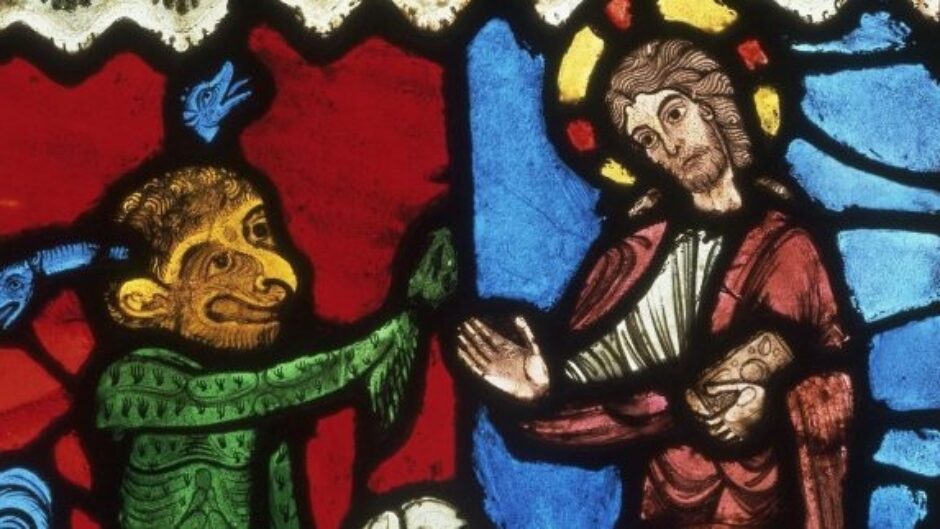Supernatural beings, realms, and events feature prominently in medieval visual culture, which ingeniously harnessed the power of images to channel the divine, to picture the invisible, and to realise the imaginary. This MA explores the ways that medieval images enabled people to see and touch extraordinary phenomena, by definition outside everyday experience. Embracing a broad definition of the supernatural and a chronology stretching from c. 400 to c. 1500, the course will examine the representation of the supernatural in sacred settings as well as secular contexts.
We will endeavour to understand the role played by images in conceptualising the notional boundary between nature and the supernatural. How did medieval artists visualise divine and demonic agency in the operation of the universe? What are the implications of representations of the natural world that place quotidian plants and animals alongside monsters, mythical beasts, and fauna with supernormal properties? Themes receiving sustained attention throughout the course include word-image relations; creative strategies for visualising the unseen and for staging the supernatural; issues of manufacture, patronage and audience; historical and historiographic attempts to distinguish ‘the real’ from spiritual, mythical, and imaginary phenomena; and methods for understanding the character of medieval belief.
Following an introduction to the course’s key concepts and methods, seminars will be devoted to object-based case studies that may include:
- depictions of the supernatural in the context of canon law, natural philosophy, and systematic theology
- divine and demonic agency in the world, as represented in diagrams of the cosmos and world maps
- metaphysical realms (heaven, hell, purgatory) and spirits (ghosts, angels, demons, and other apparitions)
- the sacraments and material culture
- images depicting miracles, especially in connection with hagiographic legends
- miracle-working images, e.g., relics, speaking and weeping statues, talismans
- depictions of mythical history, e.g., Alexander the Great’s usually deadly encounters with wondrous beasts; magic and monsters in Arthurian romance
- ordinary and extraordinary animals in Bestiaries and the wider visual culture
Principally but not exclusively focusing on works of art made in Northern Europe, the course will include the examination of works in a range of media, including illuminated manuscripts; large and small scale sculpture in stone, metal, ivory and wood; and painting on panel, walls, and glass. Students will be trained in the interpretation of works of art as physical objects, with many opportunities to examine objects at first hand in London collections and further afield. Particular attention paid to the interpretation of physical evidence (especially in relation to change over time) and the relationship between materials and meaning. A study trip to Paris will take place in December (to be confirmed).
Building on the intensive preparation afforded by seminars, tutorials, and field trips, students will develop a topic for an independent research project, culminating in the MA dissertation.
Course Leader: Professor Alixe Bovey
In the event that a course leader is on sabbatical, takes up a fellowship, or otherwise is not able to teach the course, they will be replaced by another experienced course leader either for a semester or, in some cases, the academic year.
Please note: whilst many Special Options will include site visits within the UK and further afield, these are subject to confirmation.











